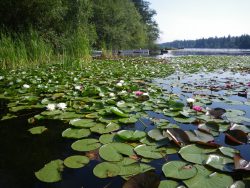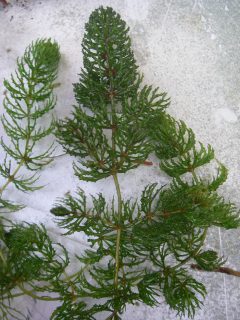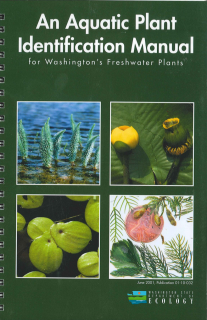By Jenifer Parsons, Aquatic Plant Specialist. Washington State Department of Ecology
As many people know, the Washington Department of Ecology’s website used to host a lot of information about aquatic plants, including an identification manual and many pages on aquatic plant management methods. However, the agency redesigned the website, and removed all of that information. This was an unfortunate consequence of trying to streamline the site and make it more user-friendly.
Several of us within Ecology lobbied hard to have at least the aquatic plant ID manual made available again, and that has been restored, although it is not all that easy to find (link below). I don’t think the other pages containing management methods and other information will ever be reinstated. To help address this gap, below are some links where similar information can be found on other websites.
Aquatic Plant Identification:
Ecology’s aquatic plant identification field guide is back! You can find a link to it here.
The University of Washington herbarium has a wonderful photo database that now includes written plant descriptions. This is helpful if you have a good idea of the plant name.
The Washington State Noxious Weed Board has information on the invasive non-native aquatic plants. If you want information on control, click on the link to ‘written findings’ on the plant’s information page. https://www.nwcb.wa.gov/. (An example of the Eurasian milfoil written findings is in this PDF .)
Aquatic Plant Management:

A good one-stop shop for information is The Aquatic Ecosystem Restoration Foundation’s Best Management Practices manual titled Biology and Control of Aquatic Plants. National experts in aquatic plant management have written the various chapters available here.
The international Aquatic Plant Management Society has a good website with links to a variety of information. The Society also publishes a journal with technical articles that are in a searchable format: http://www.apms.org/
The University of Florida’s Center for Aquatic and Invasive Plants has a lot of good information, and isn’t just focused on plants of the tropics: http://plants.ifas.ufl.edu/
Ecology has information on permits for herbicide use in Washington here: https://ecology.wa.gov/Regulations-Permits/Permits-certifications/Aquatic-pesticide-permits
The Washington Department of Fish and Wildlife handles permits for physical plant control in the state: https://wdfw.wa.gov/licensing/aquatic_plant_removal/











